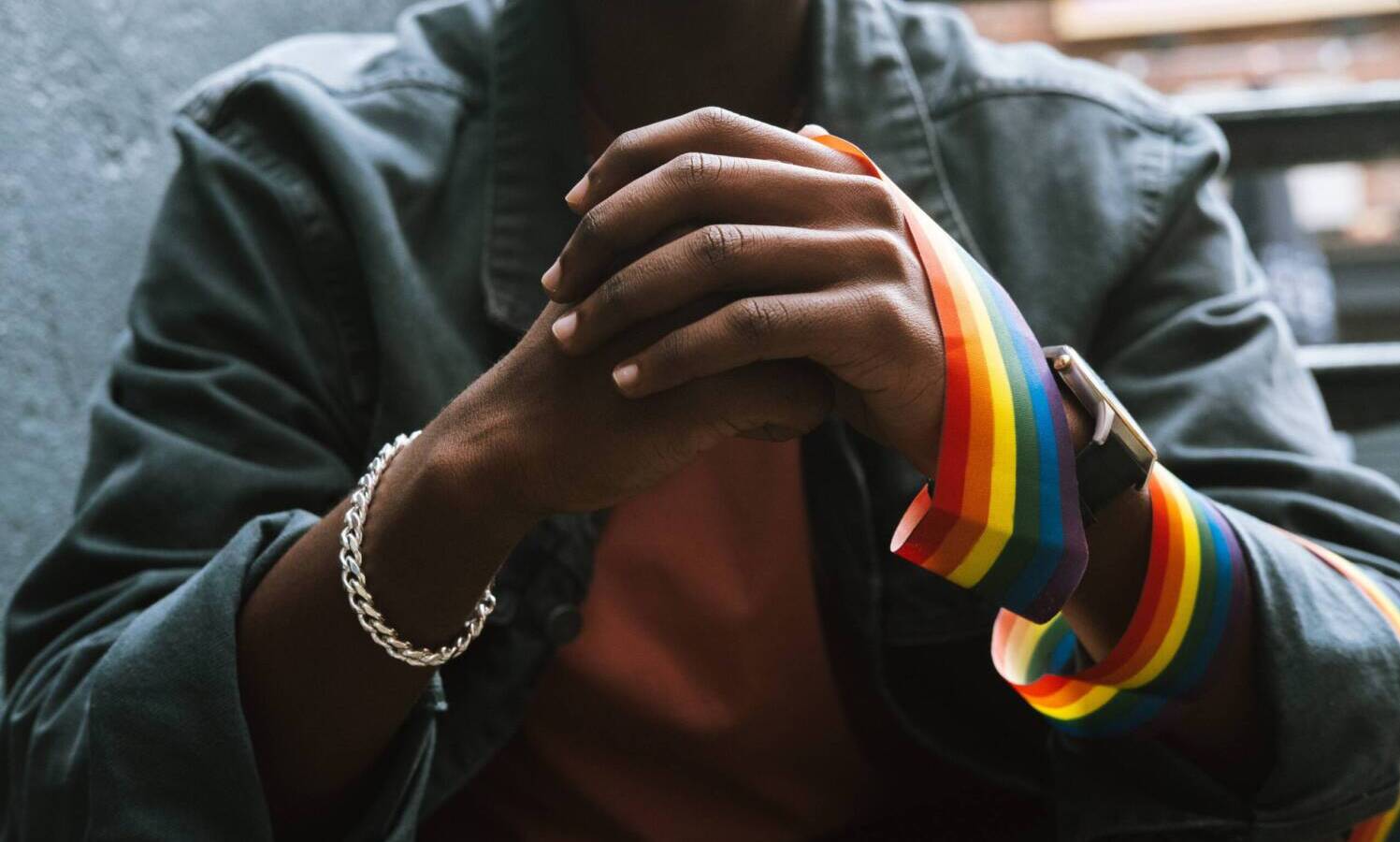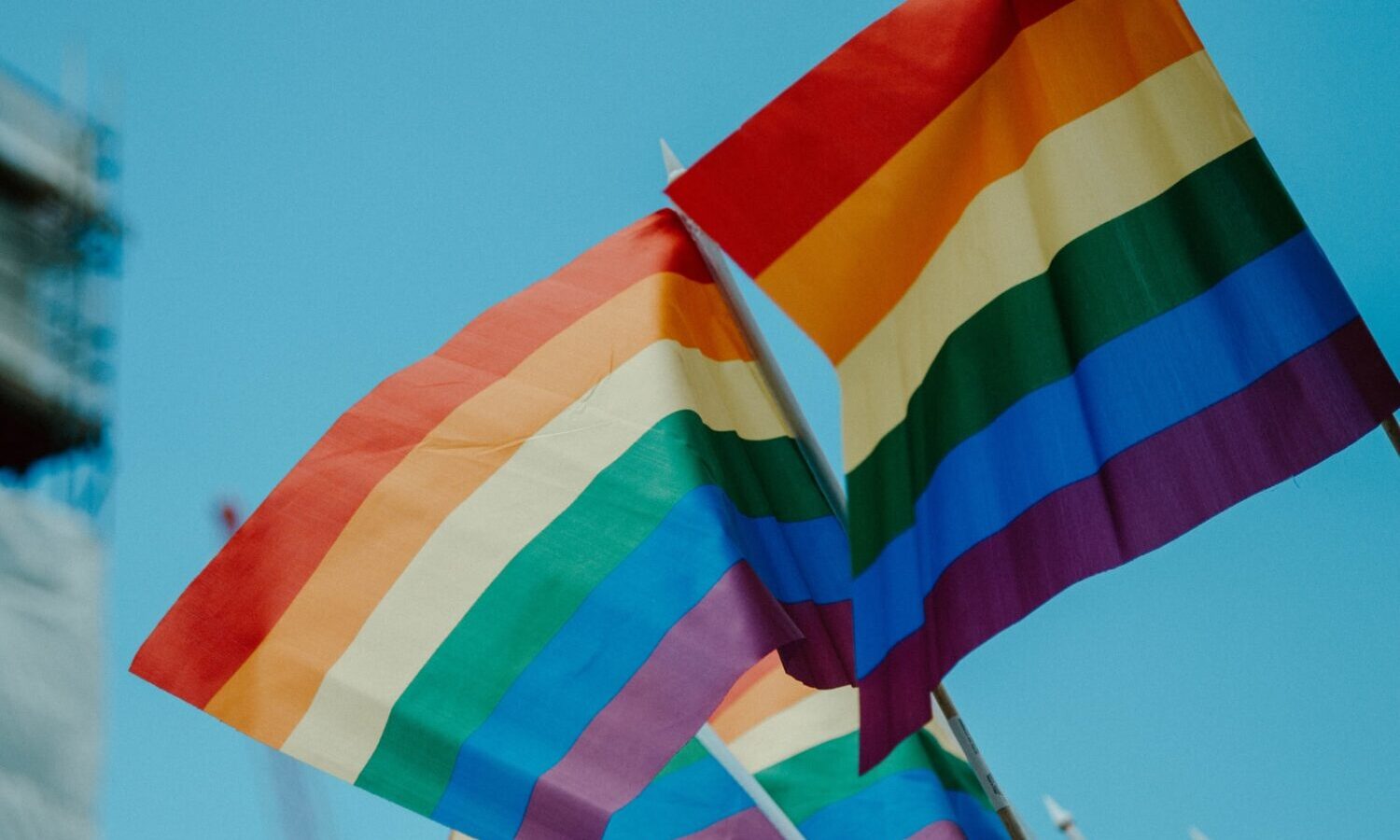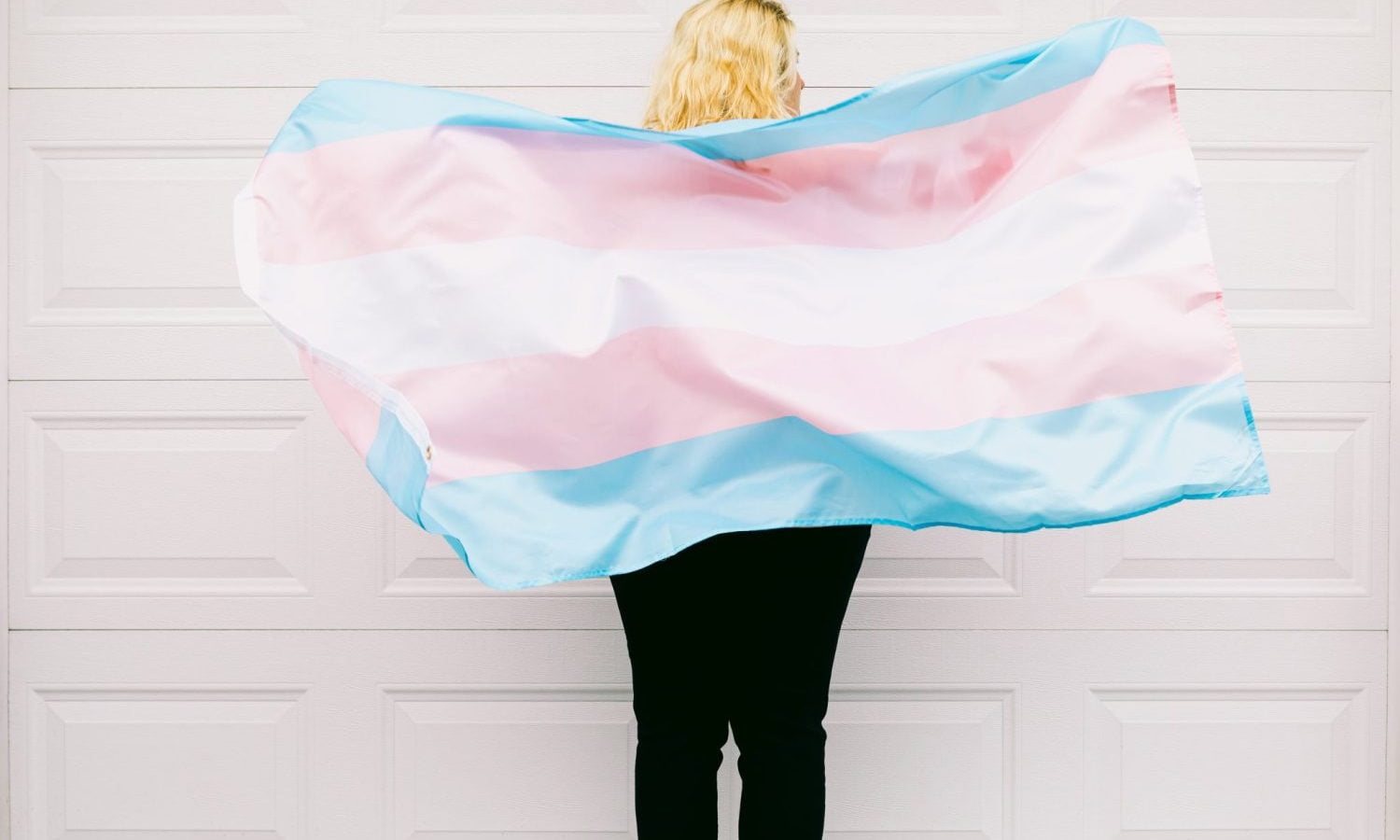By
The cannabis and LGBTQ rights movements have been connected from the beginning, as they mutually supported reform throughout the decades. “Arguably, neither would exist as they do today if not for the other,” said Tyme Ferris, founder and CEO of cannabis brand Pantheon Collective. Here is how cananbis and LGBTA rights have intertwined.
The decades have been tumultuous for each effort. Both movements saw positive progress in the 1960s. Some states decriminalized homosexual activity, and various favorable Kennedy and Johnson-era reports on the plant were submitted. However, progress turned to regression in the 70s under the Nixon administration.

Per the Controlled Substances Act, cannabis was listed as a Schedule I drug, considered to have maximum abuse potential but no medicinal value. This classification came “Even though the Shafer Commission, formed by Nixon, recommended decriminalizing cannabis,” said Pantheon Collective co-founder Thomas Kupiec.
The 80s were equally devastating for both movements. As the drug war raged on, HIV and AIDS impacted the gay community as it reeled from the virus. Between 1981 and 1990, over 100,000 people died from AIDS, according to the Centers for Disease Control.
As the disease ravaged the U.S., President Ronald Reagan chose not to address the issue until 1987. At the same time, he continued the Nixon-era War on Drugs, headlined by the ‘Just Say No’ campaign.
Without medical guidance, marijuana proved effective in treating various HIV and AIDS-related symptoms, including wasting syndrome, nausea, chronic pain and anxiety.
“In most places deeply touched by the AIDS crisis, there’s a nexus between marijuana reform and gay rights,” said journalist and podcaster Jay Lassiter.
Rather than pushing for cannabis access, America doubled down on punishment. Bills like 1984’s Comprehensive Crime Control Act, 1986’s Anti-Drug Abuse Act and the controversial three-strike sentencing bills were enacted.
Still, LGBTQ advocates pushed on for the rights of their community and medical cannabis access.
RELATED: New York Senate Gives Green Light To Marijuana Licensing & Equity Bill
In 1996, the decades-long efforts of the two movements helped push California’s Proposition 215 to become the first bill to legalize medical marijuana. The bill’s co-author, Dennis Peron, had been a cannabis advocate since the 1970s after his partner used marijuana while living with AIDS.
Since then, the two movements have remained closely linked, for better or worse. Neil Lequia, founder and board president of cannabis-industry LGBTQ organization The Full Spectrum, said queer individuals are more likely to experience substance abuse and mental health issues than straight individuals.
Lequia said cannabis use “is a coping mechanism” to combat pains associated with their queer lifestyle, including bullying and family separation.
Despite the increased likelihood of use, he feels that queer people are not adequately represented in the cannabis industry.
“I see a lack of us in the industry despite being more likely to use it,” Lequia said.

Some Notable Names Leading The Movement
Queer individuals are one of the core groups helping to advance reform in the U.S. As NORML founder Keith Stroup wrote in 2020, other influential groups included Black jazz musicians like Louis Armstrong, who helped catalyze the movement with continuous pot use despite facing arrest several times.
The jazz movement started a reform push that genuinely got underway in the 1960s. Dan Goldman, freelance writer and founder of the LGBT drug legalization organization, leGAYlize It!, said the cannabis rights movements began with gay leaders like Allen Ginsberg.
“While there was almost certainly cross-cultural pollination in cities like New Orleans in the mid-20th century between the jazz cigarette aficionados and LGBT artists, the reform movement begins with gay beat poet Allen Ginsberg and the founding of LeMar (Legalize Marijuana) in the East Village of New York City in 1964,” Goldman said.
RELATED: Why The Future Of Cannabis Is Female
LeMar is credited as the earliest cannabis advocacy organization, with members forming prohibition protests beginning in 1965.
In addition to Peron, Ferris said that Harvey Milk and ally Mary Jane Rathburn, aka “Brownie Mary,” helped advance the medical movement in the Bay Area.
Milk was integral in supporting legal cannabis, including the passage of the non-binding ballot initiative policy Proposition W, which aimed to decriminalize cannabis. Rathburn, for her part, sold infused brownies to AIDS patients in the Bay Area, baking dozens of brownies a day.
Lassiter cited leaders on the east coast during that period, including Malcom Gregory Scott and Dr. Doug Ward.

Ward has been considered a leading expert in AIDS treatment for over four decades. Scott, a writer and AIDS survivor, was discharged from the Navy for being gay and then went on to help overturn restrictions against LGBTQ service members. Scott also credits cannabis with helping save him from a near-fatal AIDS-related medical issue in the 90s.
Lassiter credited AIDS patients for helping change public perceptions of medical cannabis reform.
“These activists were smart enough to basically trade on their misery to reframe the cannabis discussion, and that’s a hell of a legacy to leave behind,” Lassiter said.
Representation Matters
As cannabis consolidates, leadership at the top is becoming less diverse for women and minority groups.
Data compiled by Marijuana Business Daily in 2021 found that women cannabis executives fell from 36.8% in 2019 to 22.1% in 2021. Minority leadership declined from 28% in 2019 to 13.1% in 2021.
LGBTQ Operators Want To See Change
Renee Gagnon is a Canadian operator and the first female transgender CEO of a publicly-traded marijuana company in British Columbia, HollyWeed North Cannabis Inc. now Emerald Health Therapeutics Inc.
Gagnon, who has held five licenses to date, said her efforts were accepted as a male, but “Now I’m not quite good enough” or that “There’s a more sellable dude we can hire who ‘knows how things work.'”
Gagnon added, “Until gender equality happens, the other inequalities will lag on.”
This article originally appeared on Benzinga and has been reposted with permission.


